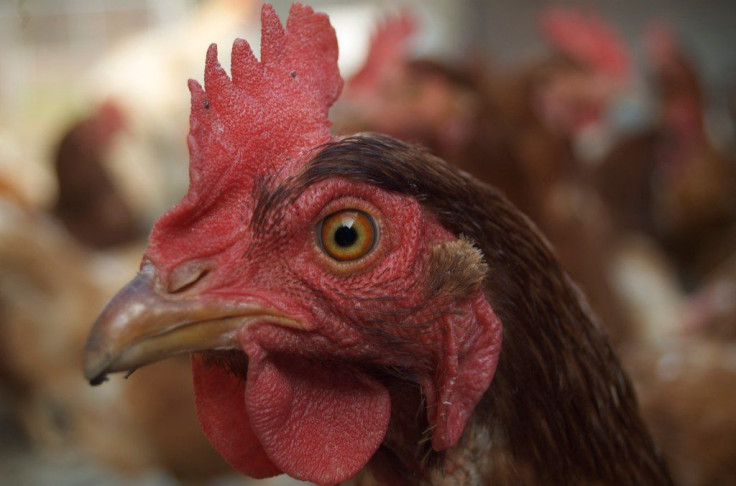Foodborne Illness Kills Nearly Half A Million People Each Year, 30% Of Which Are Children Under Age 5: WHO

The stomach flu is no joke.
In what's purported to be the first global estimate of its kind, the World Health Organization (WHO) released a report Thursday detailing the global toll on human health that foodborne illnesses inflict annually. What they found was that close to one-tenth of the world, or 600 million people, become ill from some type of food poisoning every year, with nearly half a million (420,000) dying as a result. Of the deaths, one-third tragically occurred among children under the age of five.
"Until now, estimates of foodborne diseases were vague and imprecise. This concealed the true human costs of contaminated food. This report sets the record straight," said Dr Margaret Chan, director-general of WHO, in a statement. "Knowing which foodborne pathogens are causing the biggest problems in which parts of the world can generate targeted action by the public, governments, and the food industry."
A Heavy Toll
The authors focused on 31 different agents known to cause illness when ingested alongside food, ranging from the biological (bacteria, viruses, and other parasites) to the environmental (chemicals). From there, the researchers further divided them into diseases that primarily cause severe diarrhea (diarrhoeal) or don't, with 11 agents belonging to the former category. In addition to calculating the sheer number of people made sick or dead from these stomach bugs in 2010, they also determined their burden on people's overall health and productivity via a measure called the Disability Adjusted Life Year, or DALY (previously discussed on Medical Daily here).
"The global burden of foodborne disease by these 31 hazards was 33 million DALYs in 2010," the WHO reported in its executive summary. "40 percent of the foodborne disease burden was among children under five years of age." Over half of these DALYs, or 18 million, were caused by diarrhoeal diseases.
Though these illnesses can occur virtually anywhere, the researchers did find that each region of the world catered to their own particular gallery of rogues.
For instance, in the United States and surrounding nations, 95 percent of cases came via the Norovirus, the Campylobacter and E. coli genus of bacteria, and non-typhoidal Salmonella; whereas in Southeast Asia, Salmonella typhi, or typhoid fever, proved to be much more prevalent; Typhoid, coincidentally, did make a rare appearance stateside this year.
In South and Central America, the pork tapeworm (Taenia solium) and the protozoan Toxoplasma gondii "contributed significantly to the foodborne disease burden." It was the region of Africa, however, that beared the largest burden of disease, with 70 percent of foodborne illnesses coming via diarrhoeal diseases. The region was also particularly sensitive to accidental cyanide and aflatoxin poisoning, a byproduct of certain fungi.
Despite the extensive findings, there are still large data gaps that make it difficult to tally the full brunt of foodborne illness globally, and WHO researchers are hopeful their report can inspire nations around the world to take more of a proactive stance on the monitoring, prevention, and treatment of these nasty bugs.
"These estimates are the result of a decade of work, including input from more than 100 experts from around the world. They are conservative, and more needs to be done to improve the availability of data on the burden of foodborne diseases," said Dr Kazuaki Miyagishima, director of WHO's department of food safety and zoonoses. "But based on what we know now, it is apparent that the global burden of foodborne diseases is considerable, affecting people all over the world — particularly children under 5 years of age and people in low-income areas."
Source: Foodborne diseases burden epidemiology reference group 2007-2015. WHO estimates of the global burden of foodborne diseases. World Health Organization. 2015.
Published by Medicaldaily.com



























